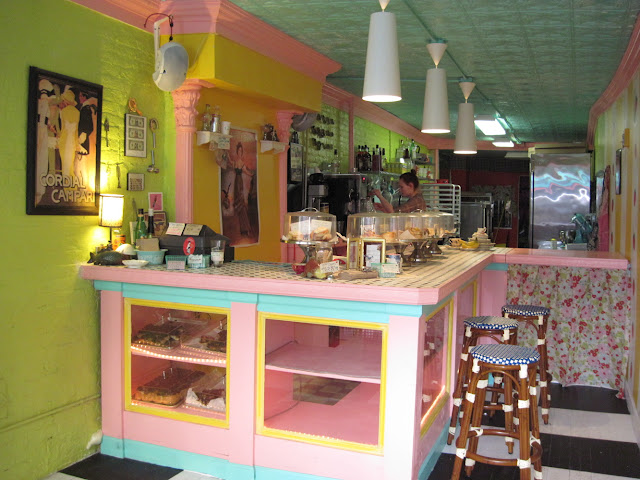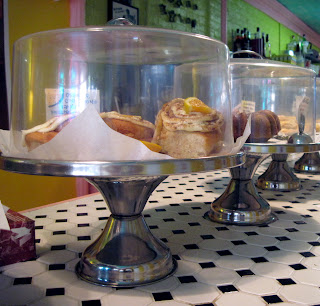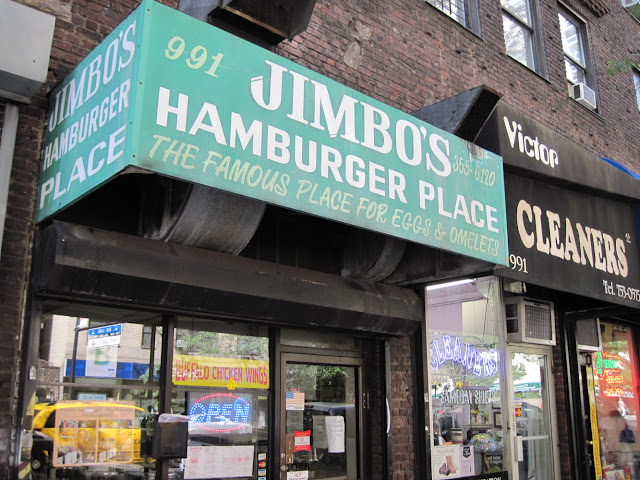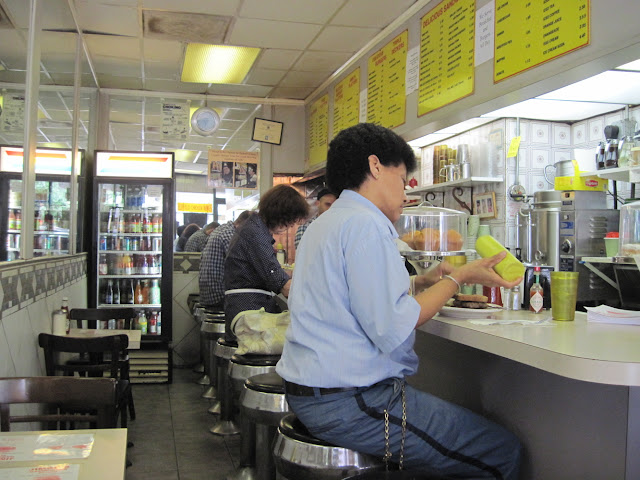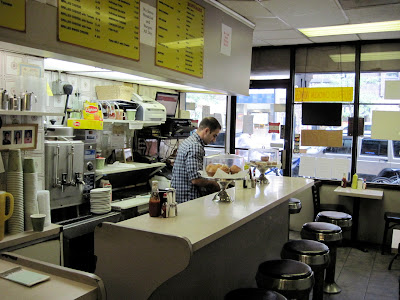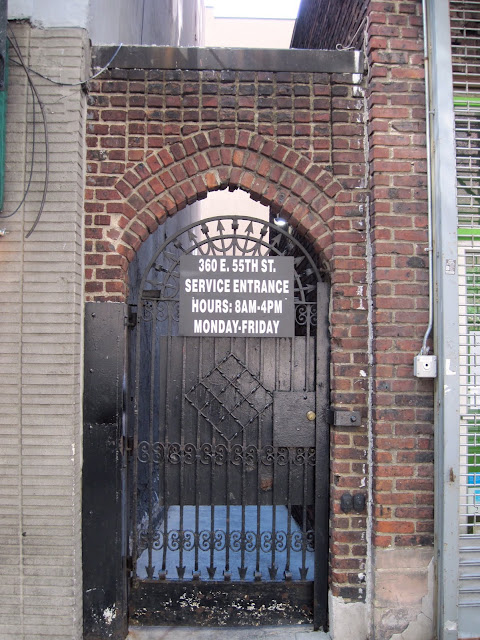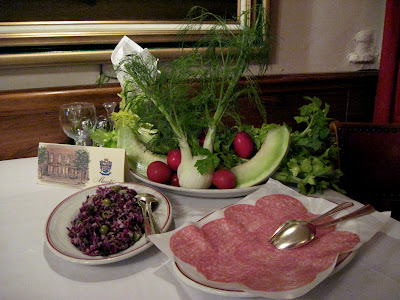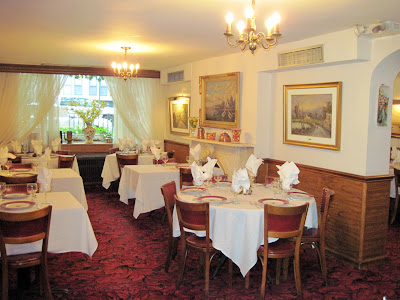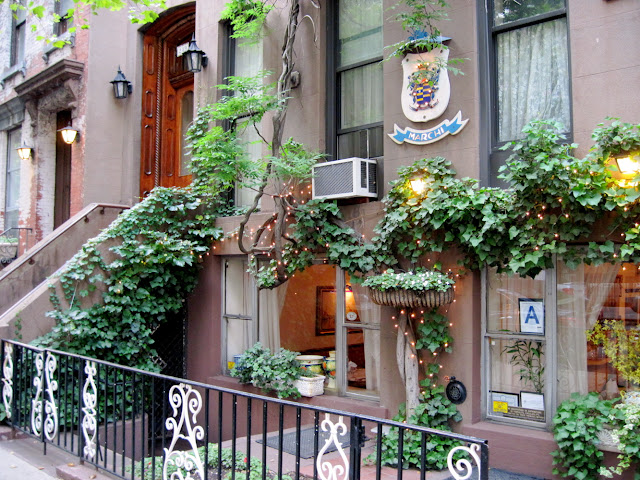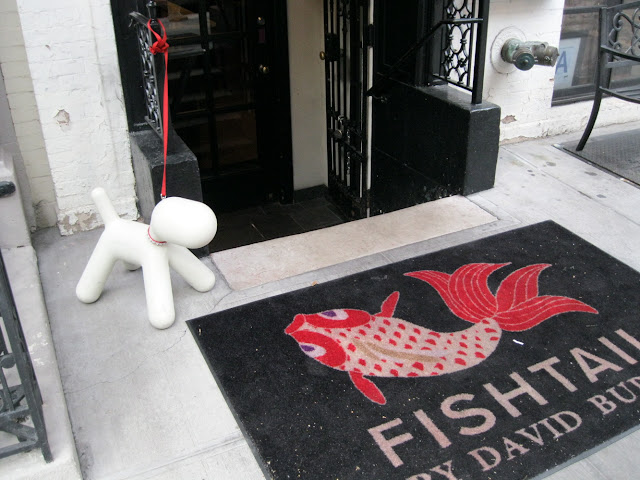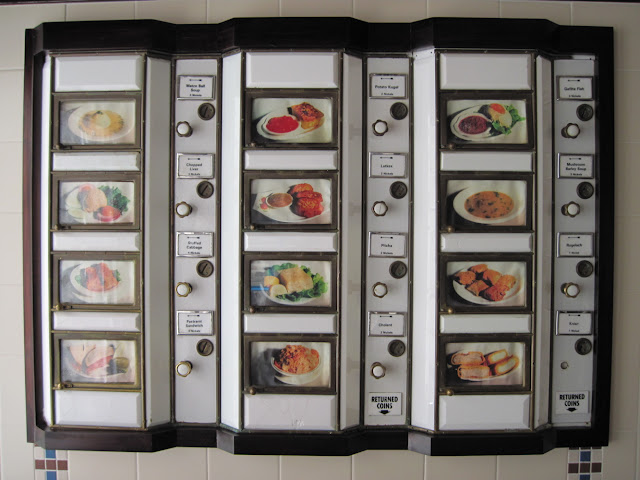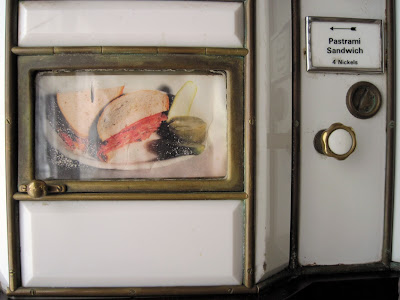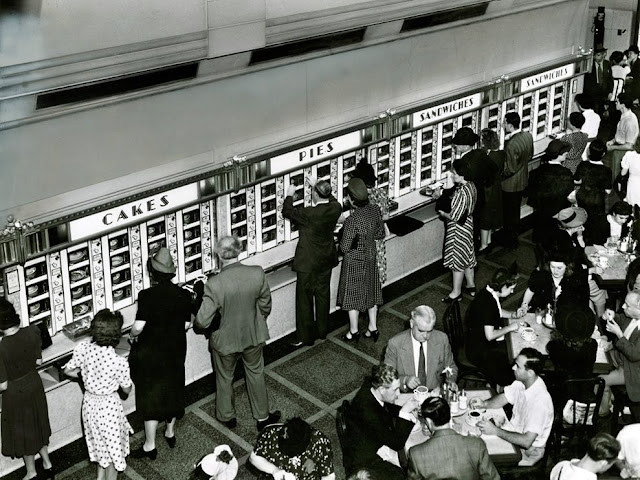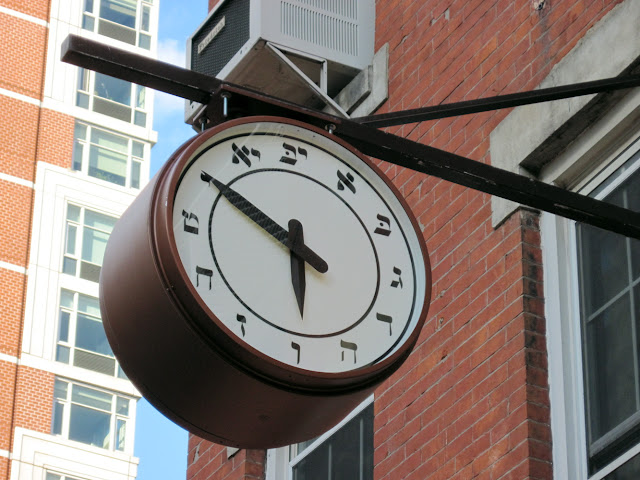Jane Danger believes that New York City doesn’t need another cupcake shop.
She believes that what it needs instead is a rum-spiked cinnamon-bun shop.
It’s the logic of a bartender who’s a baker, but it fits the ethos of the East Village, which is luckily where she has just unveiled Jane’s Sweet Buns.
She has taken a Hells Angels souvenir shop and turned it into a tearoom — but the sort of tearoom that a Hells Angel might patronize for a snack. It’s got sticky buns with bourbon. It’s got raspberry tartlets with gin. It’s got Aperol tarts and Harvey Wallbanger cake. It’s got both ends of a meal in a pastry.
The store’s concept, in fact, is “pastries inspired by cocktails,” with is why the pastries have names like the Frenchie and the Dark and Stormy. Within this concept, Jane sees herself as what you could call the buntender. “I’m saying, ‘I made this for you. I hope you like it. If you don’t like it, I’ll make you something else.’”
That’s been her credo at nearby spots like Cienfuegos, where she has worked for Ravi DeRossi, a cocktail impresario. Inspired by her profession, she started whipping up spirited sweets. She brought them to her boss. He liked them. He became her partner at Jane’s Sweet Buns.
As to cupcakes, she’s not against them. But she’s sure there are enough of them. “I think they’re cute. I’ll eat a cupcake. It’s just an oversaturated market. And if I were to make a cupcake it would have to be different. It would have to be, like, really weird.”
Despite her signature ingredient, her pastries are still pastries. Alcohol gets upstaged by things like banana cream cheese frosting. And though she favors uncommon flavorings, she’s not getting too exotic: “We don’t have any muffins with crickets in them. Yet.”
Jane’s also done fashion modeling, which is where she took on the name of Danger, but her décor is less Witch’s Castle than it is Merry Old Land of Oz. Jane’s is a sunny place where you're served baked goods on mix-and-match china. The baked goods are identified by Jane’s sunny hand-lettered labels.
She doesn’t know if she’ll slow down the cupcake, but, regardless, her goal’s more personal: “I have energy. I have to get it out somehow.”
And the way she sees it, she’s getting it out in a way that’s good for nearly everyone: “It is fun to bring booze into every facet of your day.”
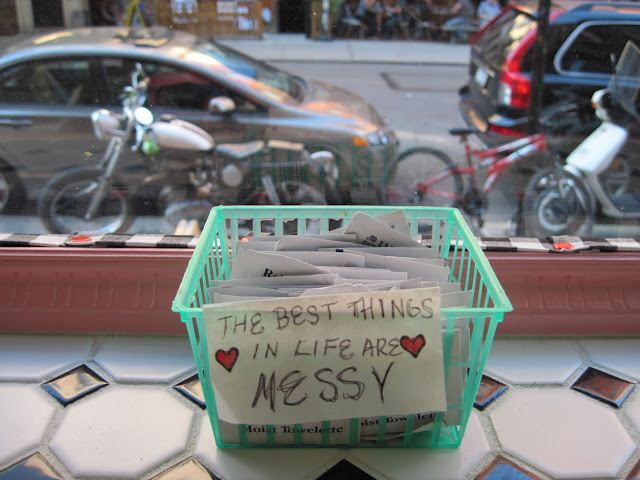 |
| Don't forget your moist towelette. |
Have one for the road at Jane’s Sweet Buns, 102 St. Mark’s Place, between First Avenue and Avenue A, in Manhattan.



